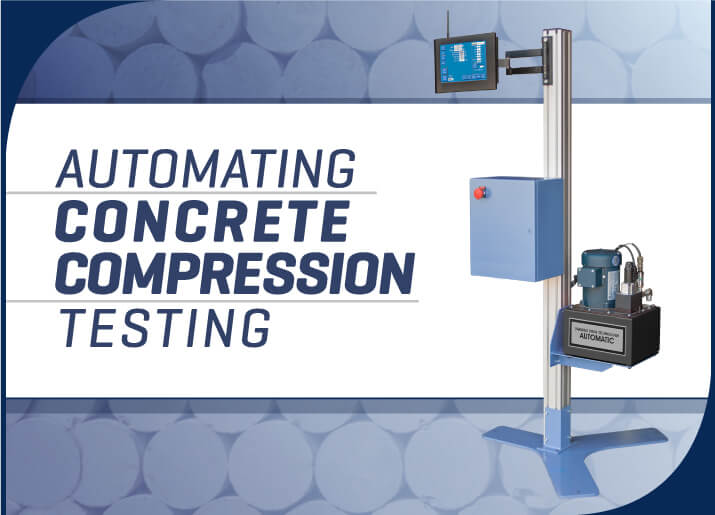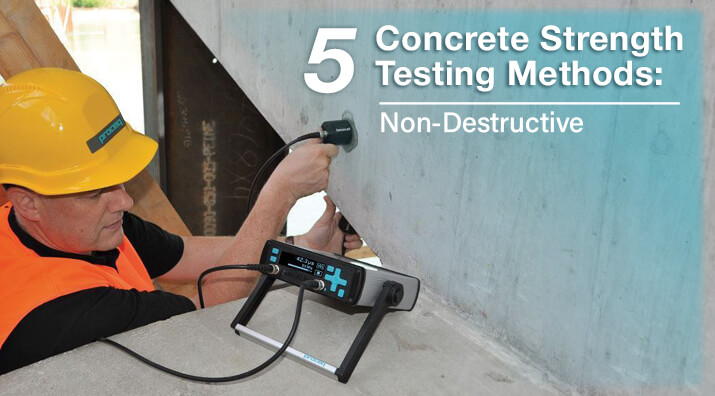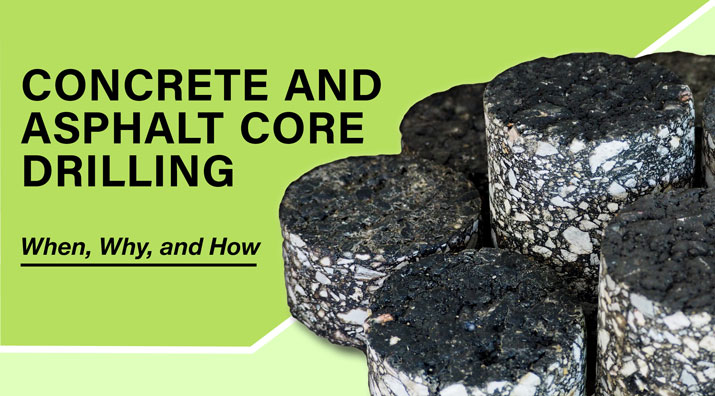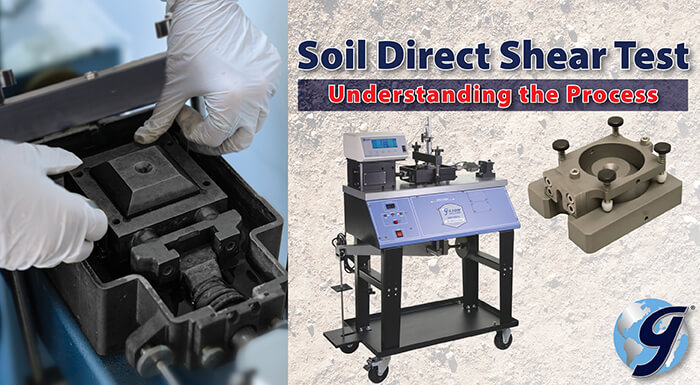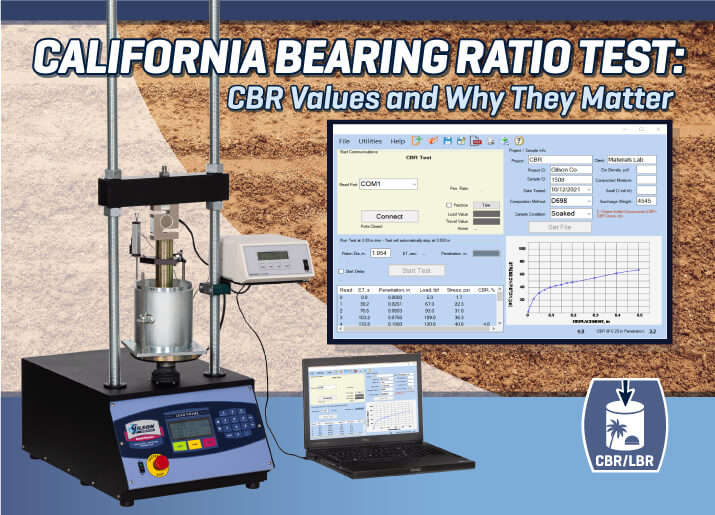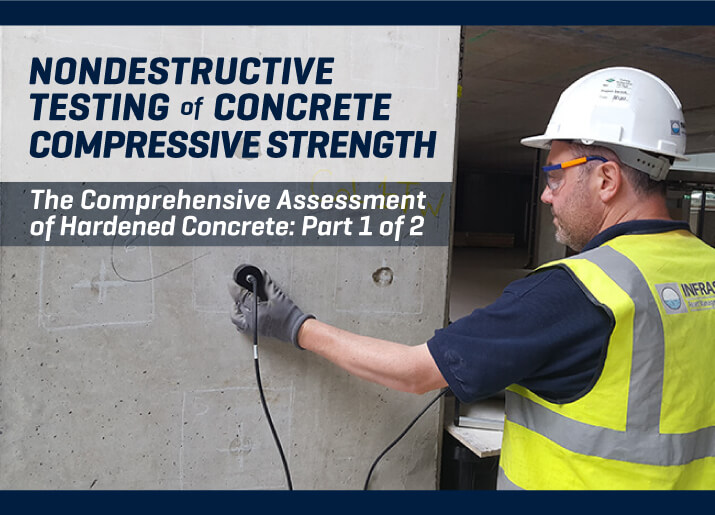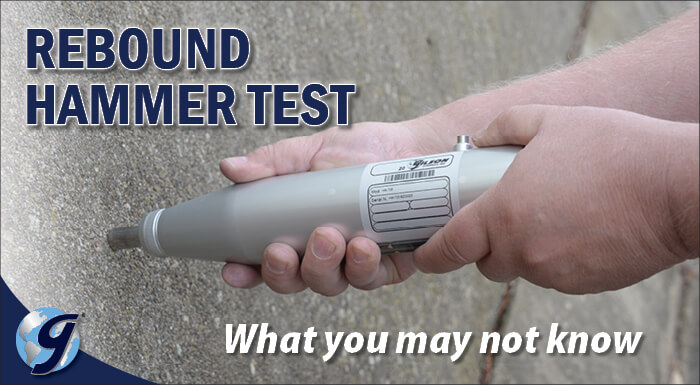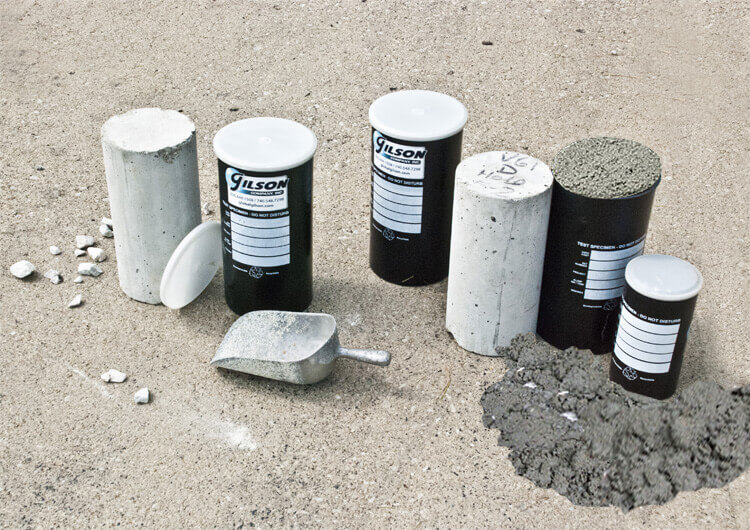Increase the overall performance of your basic or manual concrete compression testing machine by upgrading to automatic operation with an Automatic Controller Retrofit. Learn more about the benefits of automatic operation and see how easy it is to install a Retrofit to your existing compression machine.
- Log in
- Favorites List
-
Shopping Cart
You have no items in your shopping cart.
Blog posts tagged with 'Strength Testing'
Have questions about your materials testing equipment? We have the answers to these questions and much more right here! Check back monthly for long-form blog posts, how-to guides and infographics. We’ll address industry insights, the operation and maintenance of specific equipment, and our product line recommendations, all designed to better serve you.
Bookmark this page, add it to your RSS reader, or subscribe to our newsletter, so you never miss a hot topic.
Testing the properties of hardened concrete is central to evaluating a structure, whether it is decades old or still under construction. In-place testing of concrete is a significant part of assessing an existing structure's safety and physical condition for routine maintenance before modifications. This blog post will discuss in-place and nondestructive methods and equipment to measure concrete strength.
This blog post will focus on the core drilling method and the core sampling equipment. We discuss why and how core samples are taken from asphalt and concrete. Lastly, we touch on some of the different lab tests performed.
In this month's blog post we will focus on standard-cure cylinders made for compressive strength acceptance testing. Including the importance of cylinder testing, a quick guide on the procedure, and the equipment needed in the field and lab.
This blog provides an informative guide on why direct shear testing is essential, and we guide you on what equipment you need to perform the test based on ASTM D3080 and AASHTO T 236.
In this blog post we discuss why it is important to perform strength tests of soil subgrades for pavement design, and also review what is needed for each type of test method whether it be in the lab or out in the field including the DCP test.
Nondestructive concrete testing determines the quality and properties of hardened concrete to assess its condition and safety. Read this blog to learn about in-place and nondestructive methods and equipment used to measure concrete strength.
The Concrete Test Hammer is a critical part of your tool kit when assessing potential problems in concrete structures, but it can also create problems if expected to perform beyond its capabilities. This blog post outlines the proper way to use this tool for establishing strength estimates and relationships by comparison.
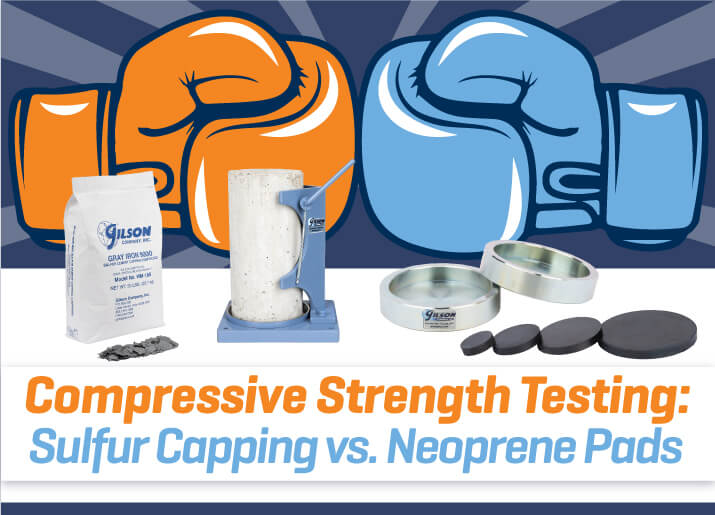
Comparing the differences between sulfur mortar capping and the use of neoprene pads with metal retainer rings will help you select the ideal procedure for your application.
- 2025
- 2024
- 2023
- 2022
- 2021
- 2020
- 2019
- 2018
- 2017
- 2016
- 2015
















